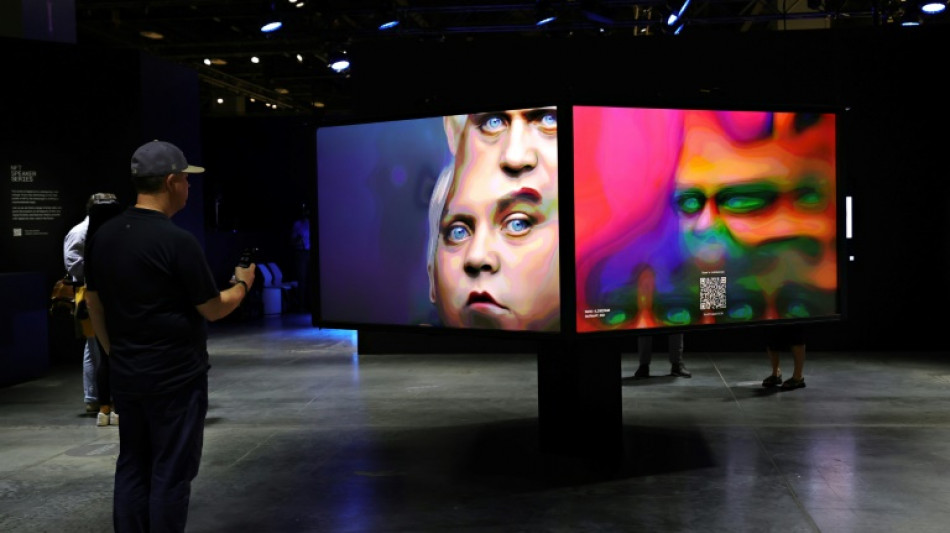
-
 US banana giant Chiquita returns to Panama
US banana giant Chiquita returns to Panama
-
Martin says Rangers remain supportive despite woeful start

-
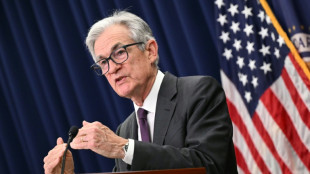 Stocks slide as US inflation clouds rates outlook
Stocks slide as US inflation clouds rates outlook
-
Smog then floods: Pakistani families 'can't catch a break'

-
 US to refuse visas to Palestinian officials at UN summit on state
US to refuse visas to Palestinian officials at UN summit on state
-
Ayuso triumphs in Vuelta stage seven, Traen keeps red jersey
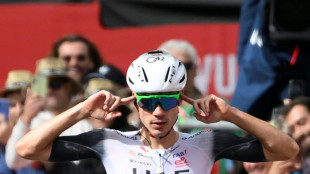
-
 Goalkeepers still posing problems for Man City boss Guardiola
Goalkeepers still posing problems for Man City boss Guardiola
-
Turkey bars Israeli ships, flights from its territory
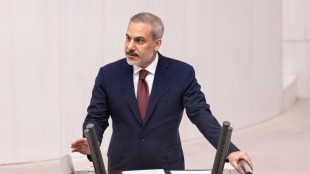
-
 Forest boss Nuno plans Marinakis talks after transfer issues
Forest boss Nuno plans Marinakis talks after transfer issues
-
Putin will have 'played' Trump if he refuses to meet Zelensky: Macron
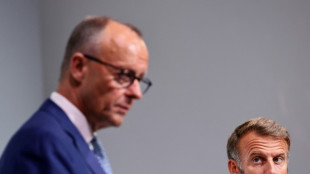
-
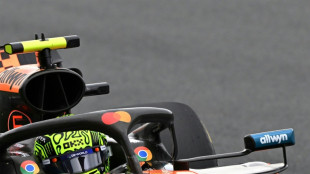 Norris sets early pace at Dutch Grand Prix practice
Norris sets early pace at Dutch Grand Prix practice
-
Bargell tackles medical challenge and starts for US at Women's Rugby World Cup

-
 Vardy in talks to sign for Serie A outfit Cremonese: source
Vardy in talks to sign for Serie A outfit Cremonese: source
-
Trump withdraws Kamala Harris's Secret Service protection
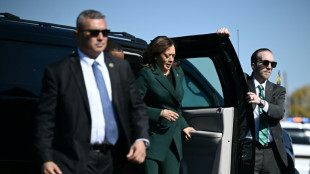
-
 Arteta concerned by Saka injuries after latest hamstring blow
Arteta concerned by Saka injuries after latest hamstring blow
-
Red Cross says number of missing people surging

-
 Tuchel apologised to Bellingham over 'repulsive' blast
Tuchel apologised to Bellingham over 'repulsive' blast
-
Garnacho arrives at Chelsea as £40 m move from Man Utd moves closer

-
 Iran has executed at least 841 people this year: UN
Iran has executed at least 841 people this year: UN
-
'Sometimes I want to quit' says troubled Man Utd boss Amorim

-
 German neo-Nazi heads for women's jail after gender change
German neo-Nazi heads for women's jail after gender change
-
Crystal Palace to face Dynamo Kyiv, Strasbourg in Conference League
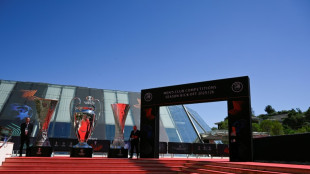
-
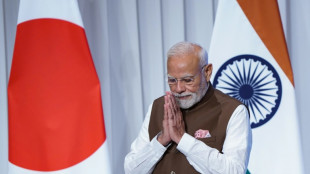 Japan pledges $68 billion investment in India
Japan pledges $68 billion investment in India
-
Europa League draw throws up Forest rematch with Malmo
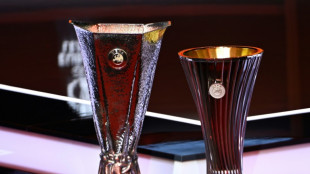
-
 Rooney reckons 'something is broken' at Amorim's Man Utd
Rooney reckons 'something is broken' at Amorim's Man Utd
-
McLaren set pace in first practice at Dutch Grand Prix

-
 'Money': Bayern's Kompany laments Premier League spending power
'Money': Bayern's Kompany laments Premier League spending power
-
Alexander-Arnold dropped by England for World Cup qualifiers

-
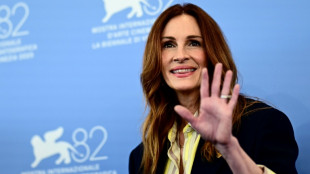 Julia Roberts looks to 'stir it up' with cancel culture film at Venice
Julia Roberts looks to 'stir it up' with cancel culture film at Venice
-
Howe vows Newcastle won't make 'poor' transfer decisions
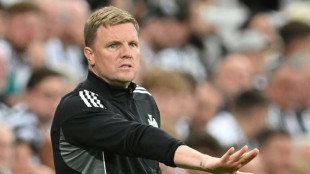
-
 Max Verstappen: fan favourite but -- for once -- not race favourite
Max Verstappen: fan favourite but -- for once -- not race favourite
-
Austria orders YouTube to give users access to their data

-
 Labubu fans flock to stores after launch of mini dolls
Labubu fans flock to stores after launch of mini dolls
-
Italy's Meloni slams photo sharing in lewd sites scandal
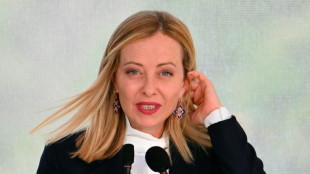
-
 Swiss economic outlook 'dampened' by US tariffs: key barometer
Swiss economic outlook 'dampened' by US tariffs: key barometer
-
Tukuafu returns for women's rugby world champions New Zealand against Japan

-
 Israel army says Gaza City now 'a dangerous combat zone'
Israel army says Gaza City now 'a dangerous combat zone'
-
Trump son hypes bitcoin on Hong Kong leg of Asia trip

-
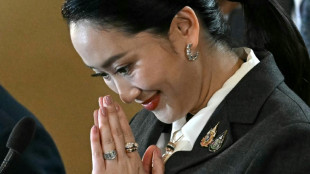 Paetongtarn Shinawatra: glamorous Thai PM felled by Cambodia row
Paetongtarn Shinawatra: glamorous Thai PM felled by Cambodia row
-
Park Chan-wook, master of black comedy, returns to Venice
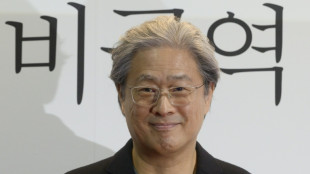
-
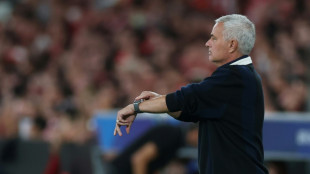 Mourinho sacked by Fenerbahce after Champions League exit
Mourinho sacked by Fenerbahce after Champions League exit
-
German unemployment tops 3 million, highest for a decade

-
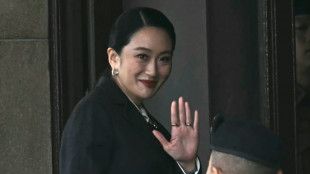 Thai court sacks PM over Cambodia phone call row
Thai court sacks PM over Cambodia phone call row
-
Turkey says Russia scales back Ukraine territorial demands

-
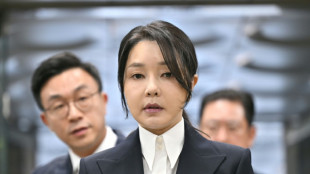 South Korea's ex-first lady indicted for bribery
South Korea's ex-first lady indicted for bribery
-
Lay off our eggs market, French producers tell Ukraine
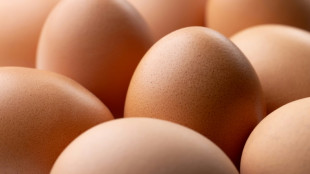
-
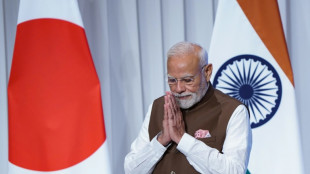 Modi says India, Japan to 'shape the Asian century'
Modi says India, Japan to 'shape the Asian century'
-
Hope and hate: how migrant influx has changed Germany

-
 Outdoor athletics season should be longer, says Coe
Outdoor athletics season should be longer, says Coe
-
Russian composer Rodion Shchedrin dies aged 92: Bolshoi
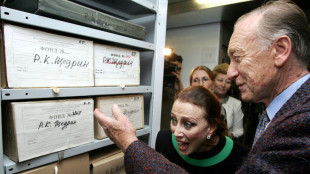

Clickbait or creativity? The art world wrestles with AI
Online tools that can create wonderful, absurd and sometimes horrifying images using artificial intelligence (AI) have exploded in popularity, sparking soul-searching over the nature of art.
Tech companies tout their inventions as a liberating force of art for all, but purists argue that the artist is still the central cog in the machine.
Art historian and AI expert Emily L. Spratt, whose forthcoming book tackles the ethics and regulation of AI art, told AFP that the art world has not yet found a response to the potentially transformative technology.
Are we all artists now?
Punch a few keywords into an AI art tool -- something like "Brad Pitt in a rowing boat in space in the style of Mondrian" -- and seconds later boldly coloured line drawings will emerge of the Hollywood star, paddling in the stars.
There are plenty of fans of tools like Midjourney, Stable Diffusion and DALL-E 2 who have proclaimed this as the democratisation of art.
But Spratt reckons such tools are more about "entertainment and clickbait" than art.
"It is a way to foster engagement with platforms, which is of course going to help these companies," she said.
"The idea that it is solely a tool of empowerment or that it will democratise the space is overly simplistic -- it's naive."
Rather, she sees the boundary between AI and other technology becoming blurred, pointing to the image manipulation programs already widely used.
"I see the future of AI as being part of the omnipresent background architecture for all digital image-making processes," she said.
"It will be hard to avoid it because it seeps into all of our digital interactions, often unbeknownst to us, especially when we create, edit, or search images."
Are there AI masterpieces?
Beyond the simple online tools that anyone can use, there are plenty of artists labouring over their own algorithms with bespoke datasets.
These works sell for tens of thousands, sometimes hundreds of thousands.
A standout practitioner, said Spratt, is German artist Mario Klingemann whose "Hyperdimensional Attraction Series, Bestiary" is a high point of the genre.
"It is a video of seemingly organic forms that morph from one physical entity to another and momentarily appear as recognisable animals," she said.
"Honestly, it's a bit unnerving but it works well as a commentary on the dividing lines between the material and immaterial and the limits of generative AI to replicate the natural world."
She said his art is constantly asking questions about AI as a medium, and more widely about the nature of creativity.
What does art world make of AI?
Until relatively recently, there was very little buzz around AI outside of video installations, largely because there was no bank of digital images with clear labels.
Without the source material, there could be no AI art as we know it today.
That changed a decade ago when several projects began to supply huge quantities of digital images, sparking an explosion in creativity.
A French collective called Obvious sold a work for more than $400,000 in 2018 after keenly embracing the idea that the AI "created" the work.
That sale became hugely controversial after it emerged that they had used an algorithm written by artist and programmer Robbie Barrat.
"The reason that the Obvious artwork sold, especially at that price, was largely because it was advertised as the first AI artwork to be offered at a major auction house," said Spratt.
"It was really the art market experimenting with the offering of an AI artwork in step with long-established approaches to the sale of fine art."
At that moment, she said, there was huge interest in bringing together the tech sector and the art world.
But the tech industry has since been hit by a dramatic economic slump and investment and interest have waned.
Major auction houses like Christie's and Sotheby's have since worked hard to create separate platforms for selling AI art.
"It's like they don't want to sully fine art with these new digital explorations," Spratt said.
And critics are yet to catch up with the field and really express what is good, bad or indifferent, she reckoned.
"Unfortunately, the AI art discourse is not there yet, but I think it is on its way, and it should come from the field of art history," she insisted.
K.Thomson--BTB
